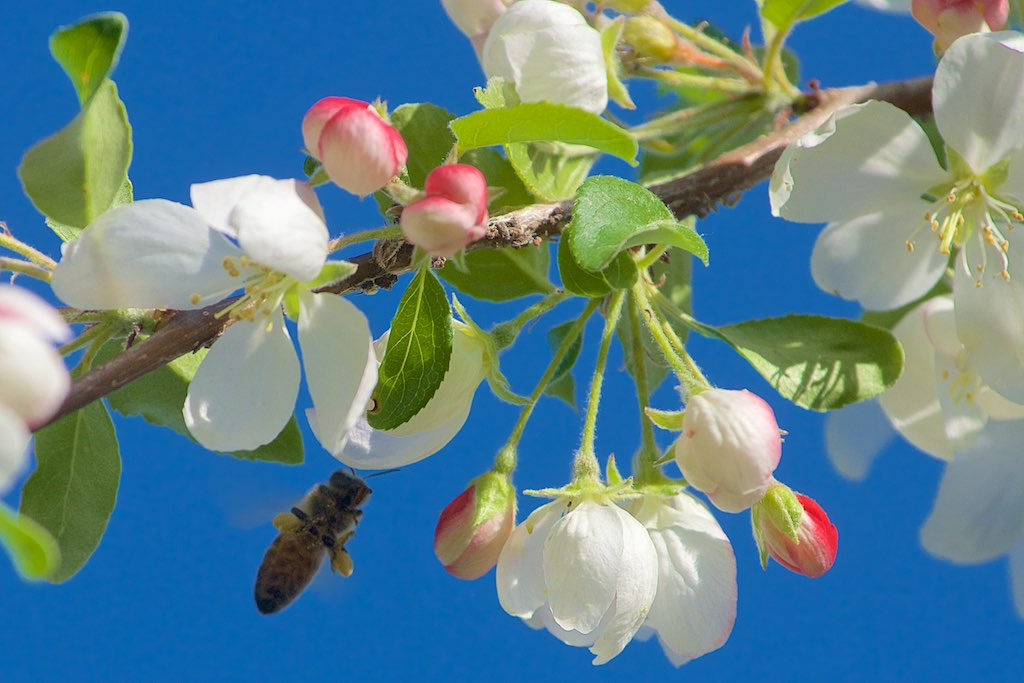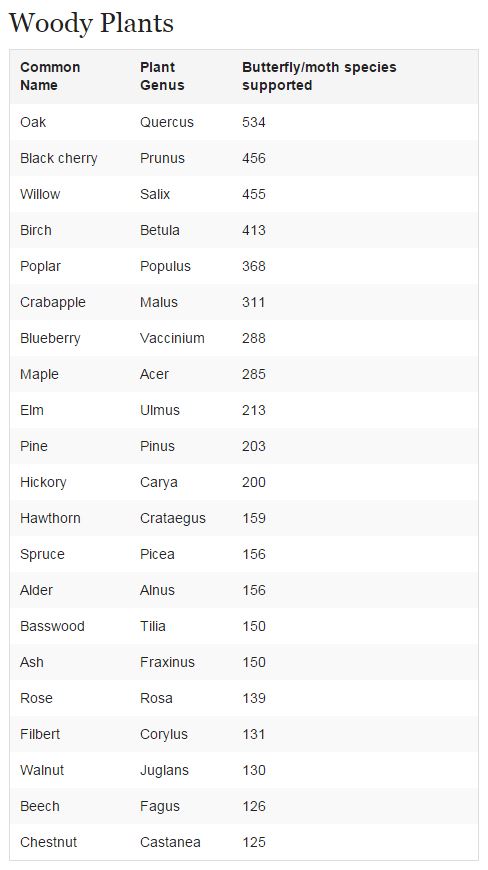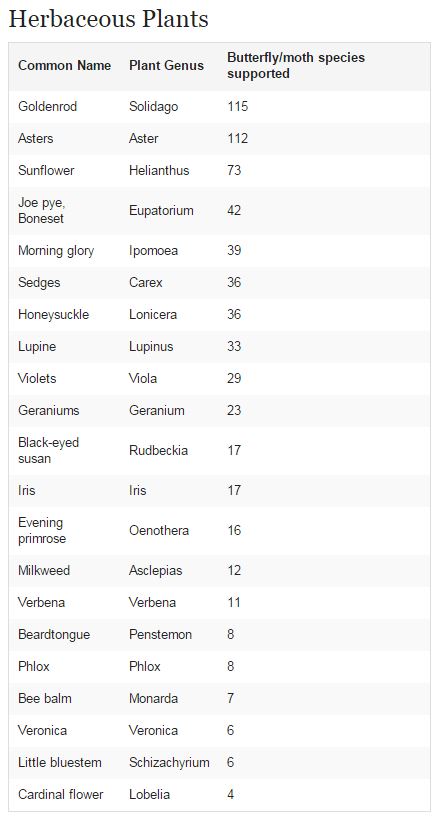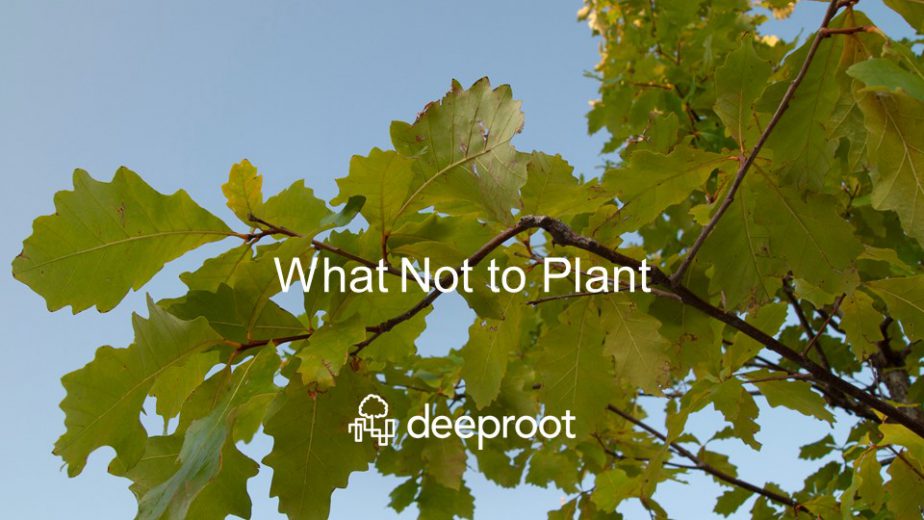Thanks to widespread efforts to raise awareness of the large declines in bee and Monarch butterfly populations, most people are aware of the need to protect pollinators. Monarch butterfly populations have declined 90% in the last 20 years. Bees and other pollinators are in trouble too. Primary causes of the drastic declines in pollinator populations are thought to be habitat loss, invasive species, parasites, pesticides, and genetically engineered crops.
Without pollinators, we would not have much of the food we eat. According to the USDA “Of the 1,400 crop plants grown around the world, i.e., those that produce all of our food and plant-based industrial products, almost 80% require pollination by animals… In the United States alone, pollination of agricultural crops is valued at 10 billion dollars annually. Globally, pollination services are likely worth more than 3 trillion dollars.â€
One way to help pollinator populations re-bound is to plant species that pollinators need. Many people have probably seen lists of the best plants for pollinators, best plants for bees, and best plants for butterflies. For many people, plants like butterfly milkweed (Asclepias tuberosa) and blazing stars (Liatris spp.) come to mind. And those are great for pollinators. But did you know that trees are just as critical for pollinators and actually support an even greater diversity of butterflies and moths than herbaceous plants?
Douglas Tallamy, an entomologist, professor, and author of “Bringing Nature Home†and “The Living Landscapeâ€, compiled tables ranking native plant genera (woody and herbaceous) in terms of the number of butterfly and moth species recorded using them as host plants in the mid-Atlantic region of North America. The top ranked woody genus is Oaks (Quercus), which support 534 species. In comparison, the top ranked herbaceous plant is Goldenrod (Solidago), which supports 114 species. The top 20 woody species all support more Butterfly/Moth species than the top herbaceous species (i.e. more than 114)! Tallamy’s full list is available here (as of February 9, 2016). Part of the list is also in Tallamy’s book, Bringing Nature Home and online.
Granted, the number of species supported is not the only way to measure the value of a plant. The monarch butterfly, for example, doesn’t care that Milkweeds only support 12 butterfly and moth species, while Oaks support 534. The Monarch only lays eggs on Milkweeds and its caterpillars only eat Milkweeds. Many butterflies need specific tree species or genera too. For example, the spicebush swallowtail caterpillar only feeds on spicebush (Lindera benzoin) and sassafras (Sassafras albidum), both native understory trees. The zebra swallowtail only feeds on young pawpaw (Asimina triloba) leaves. The Pink-striped oakworm needs oaks (Quercus). The Rosy maple mothy needs maples (Acer). These are just a few of many butterflies and moths that need specific tree and shrub species or genera. Many native bees are also specialists that require a specific species or genus. Learning how many different pollinators need different species to survive once again highlights the importance of plant species diversity!
Another reason why plant species diversity is crucial for pollinators is to ensure a year round food supply. Different species bloom at different times of the year, so diversity is important to ensure that something is always in bloom to feed pollinators. Trees are especially important because they provide most of the first available food for pollinators in the spring.
Equally important is not killing the pollinators after attracting them! Application of insecticides can have dramatic, often unforeseen, negative impacts on pollinators. For example:
“In June of 2013, in a Target parking lot outside of Portland, Oregon, occurred what has been called the largest single, bee die-off on record. Biologist, Rich Hatfield, of the Xerces Society for Invertebrate Conservation, estimated that 50,000 wild bees were killed. Fifty-five linden trees had just been sprayed with dinotefuran (trade name Safari), by qualified technicians (it was a legal spraying). Dinotefuran is in a class of insecticides known as neonicotinoids (also called neonics). It was sprayed on the trees to control aphids. “They [the aphids] don’t harm the tree, but they secrete sticky honeydew that’s a nuisance,†explained Aimee Code, pesticide program coordinator for the Xerces Society. The trees were in bloom, and covered with swarms of feeding bees, looking for nectar and pollen…There were seven other such events recorded in Oregon, each one involving a neonicotinoid insecticide being sprayed on a blooming linden tree”(quoted from Wild Ones Journal, August/September/October 2015 Issue, bold added).
Oregon has since then made it illegal to spray blooming lindens with any product containing dinotefuran, imidacloprid, thiamethoxam or clothianidin (all neonicotinoids).
Many other factors are important to consider when landscaping for pollinators, but those are beyond the scope of this blog. Additional resources available to learn more about landscaping for pollinators include:
- Holm, Heather. 2014. Pollinators of Native Plants. Pollination Press LLC. Minnetonka MN.
- The National Wildlife Federation’s pollinator website at http://www.nwf.org/Pollinators/Pollinator-Decline.aspx
- Pollinator Partnership website at: http://www.pollinator.org/pollinators.htmÂ
- Tallamy, Douglas. 2009. Bringing Nature Home. Timber Press, Portland, OR.
- S. Fish and Wildlife Service Pollinator website: http://www.fs.fed.us/wildflowers/pollinators/
- The Xerxes Society. 2011. Attracting Native Pollinators: The Xerces Society Guide, Protecting North America’s Bees and Butterflies. Story Publishing. North Adams, MA.
A diversity of healthy trees is more imperative for pollinators than most people realize. For people like me – designers, or policy folks, or people involved in the landscape – there is a huge opportunity for our work to reflect this knowledge. So the next time you’re picking a plant palette for pollinators, remember to include trees!
Nathalie Shanstrom is a sustainable landscape architect with The Kestrel Design Group.
Distant Hill Gardens /Â CC BY-NC-ND 2.0
Charts from Bringing Nature Home.







Hi. Love your title. We have a lot of information on the topic, compiled and posted at the website of the Philadelphia Beekeepers Guild, specifically about trees and shrubs that are good for bees (and other pollinator species), but also including discussion about various considerations.
http://phillybeekeepers.org/bees-and-trees/
As you might expect, there are many wrinkles in the story. Natives vs introduced and invasive species. Trees / woody plants and the herbaceous plants. Honey bees (Apis mellifera), and the many pollinator insects that are native to this part of the world.
Great info…thanks!
Well said and great info! I’m always looking for clarity and ideas on gardening for pollinators, as I make choices for my home landscape and attempt to (diplomatically) influence plant choices among friends and family!
We will soon be re-landscaping our yard and have heard that trees would be a good addition for many reasons. Thank you for informing me that trees are critical for pollinators. It is good to know that they support butterflies and other other insects. We will definitely be planting trees to invite more life into our yard.